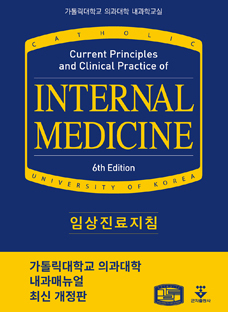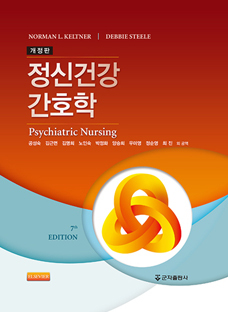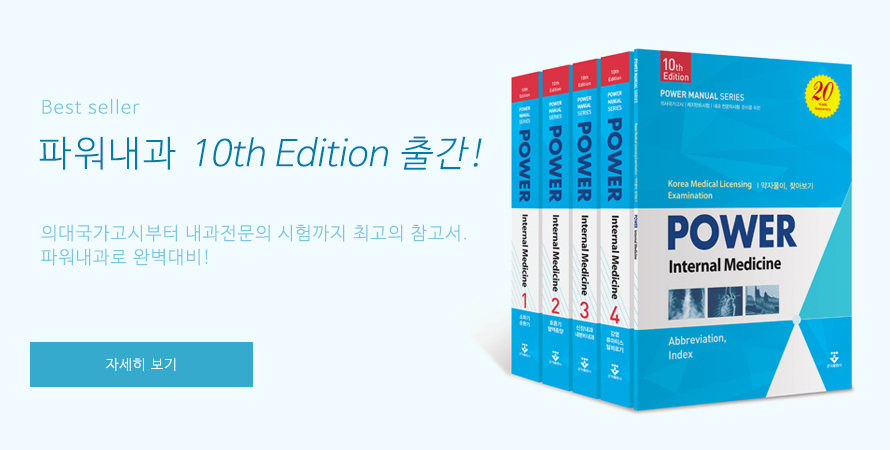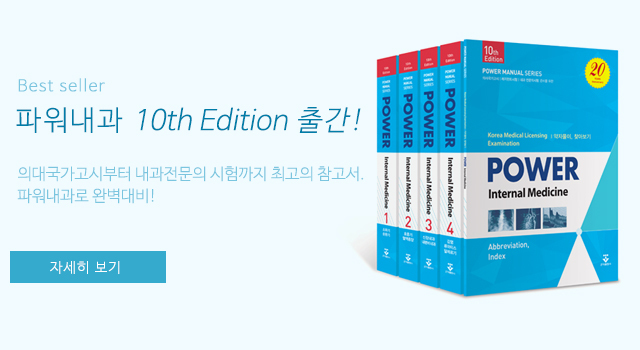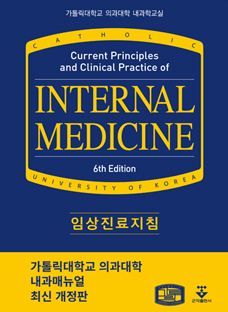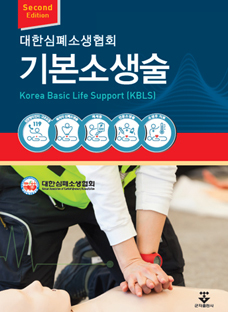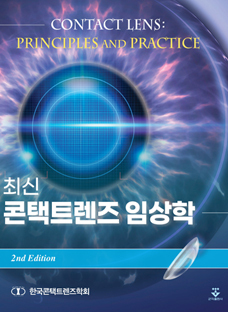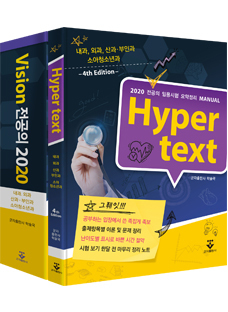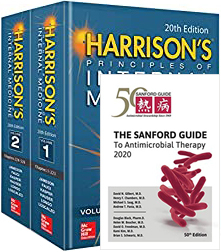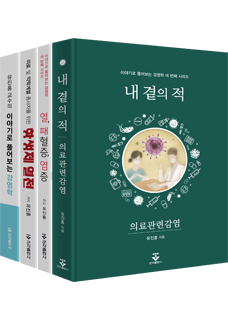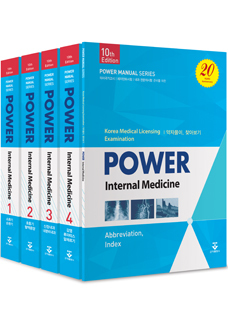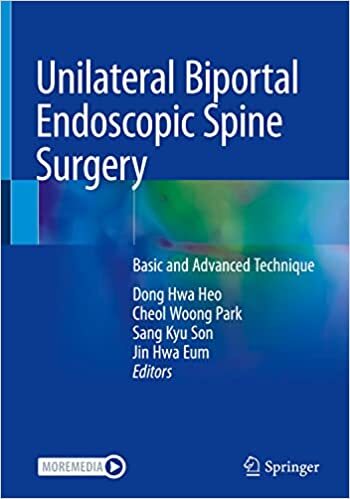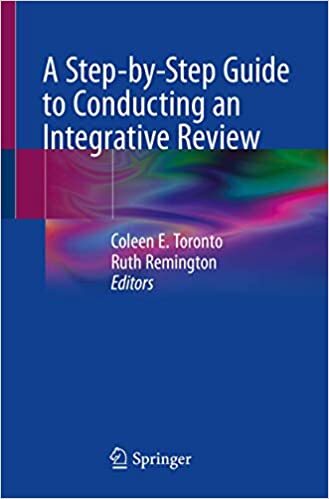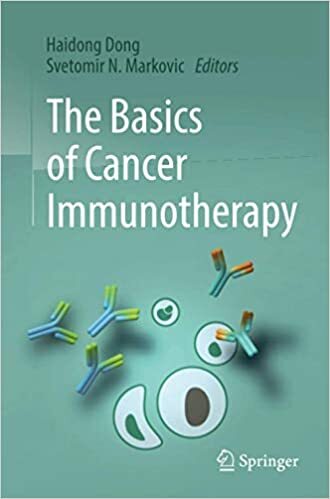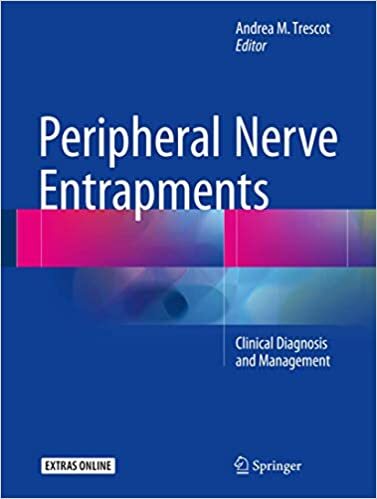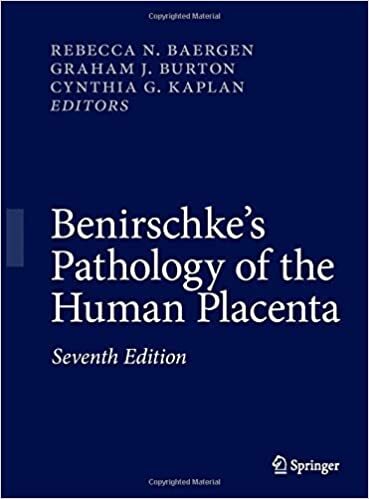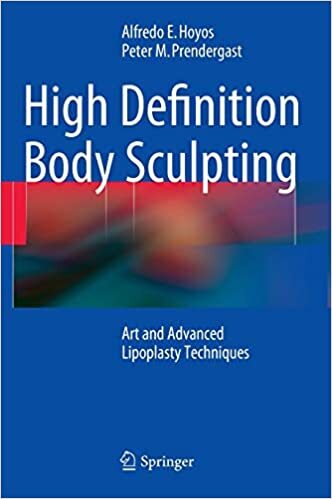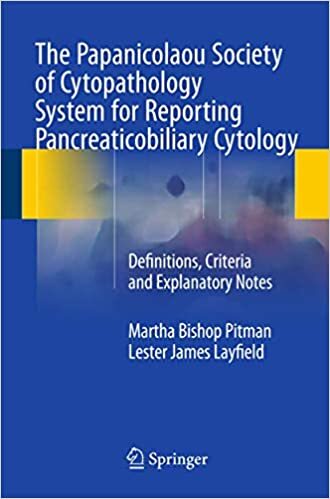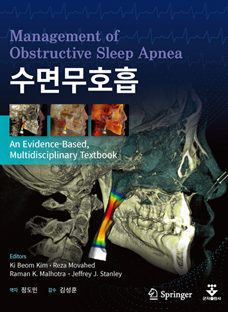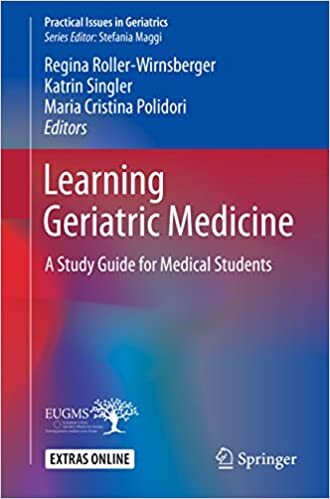Peripheral Nerve Entrapments: Clinical Diagnosis and Management
Andrea M Trescot MD ABIPP FIPP
300,000 293,000won
Featured as a single volume, this is a comprehensive guide to possible nerve entrapment syndromes and their management. Each chapter covers a single nerve, or group of closely related nerves, and goes over the clinical presentation, anatomy, physical exam, differential diagnosis, contributing factors, injection techniques, neurolytic/surgical techniques, treatments of perpetuating factors, and complications.
Nerve entrapments can occur throughout the body and cause headaches, chest pain, abdominal pain, pelvic pain, low back pain, and upper and lower extremity pain. As an example, one of the most common forms of nerve entrapment syndrome, Carpal Tunnel Syndrome, affects roughly 1 in 20 people in the United States, and is only one of several types of entrapment syndromes possible for the median nerve.
Chapters are also extensively illustrated and include 3D anatomical images. The additional online material enhances the book with more than 50 videos - at least 2 for each nerve. This enables readers to easily navigate the book. In addition to a conventional index it includes a “Pain Problems Index” for searching by symptom. Peripheral Nerve Entrapments: Clinical Diagnosis and Management is a long-needed resource for pain physicians, emergency room physicians, and neurologists.
